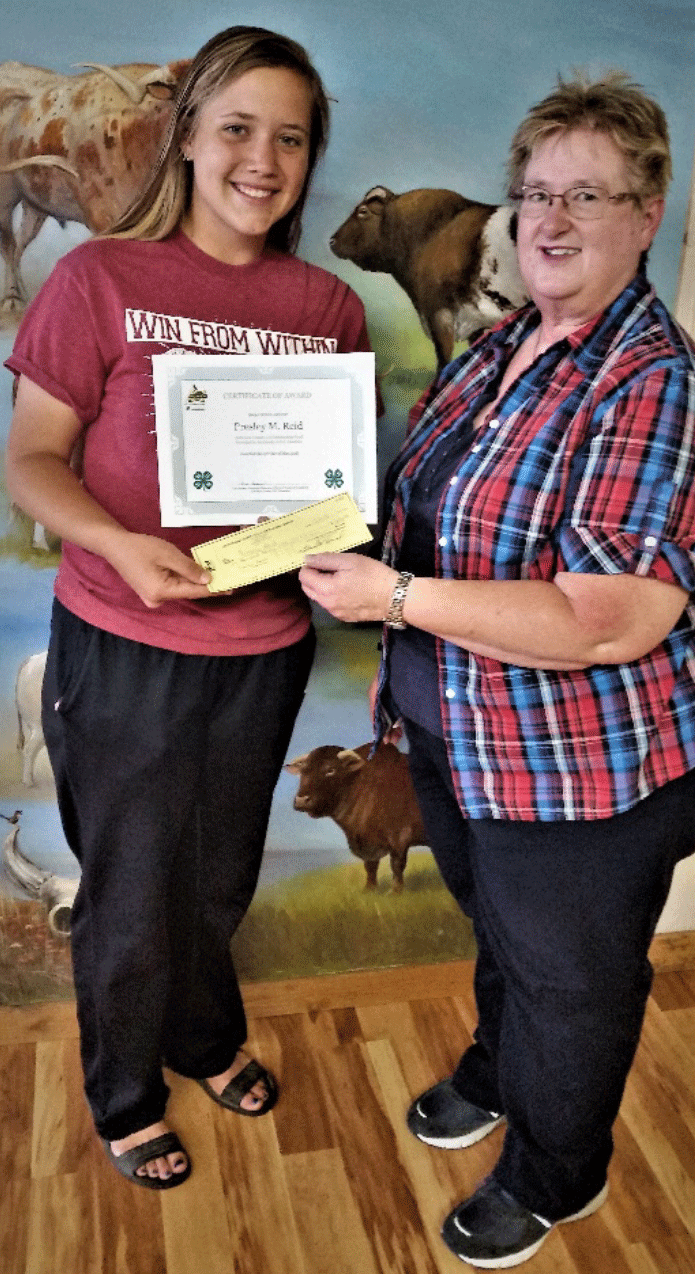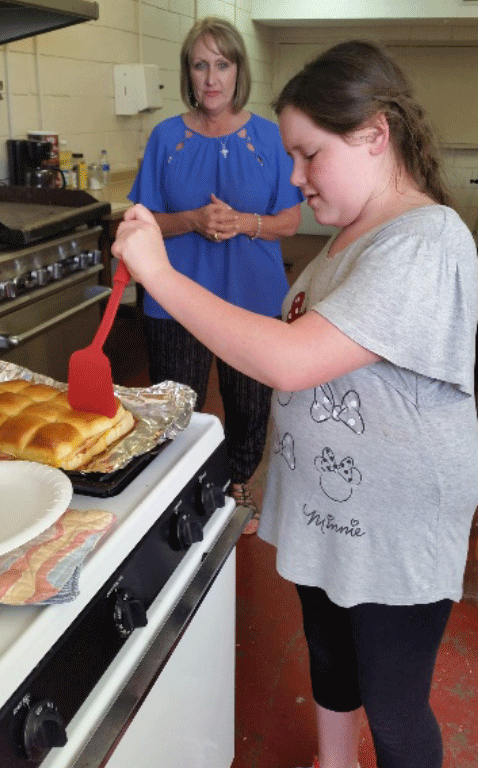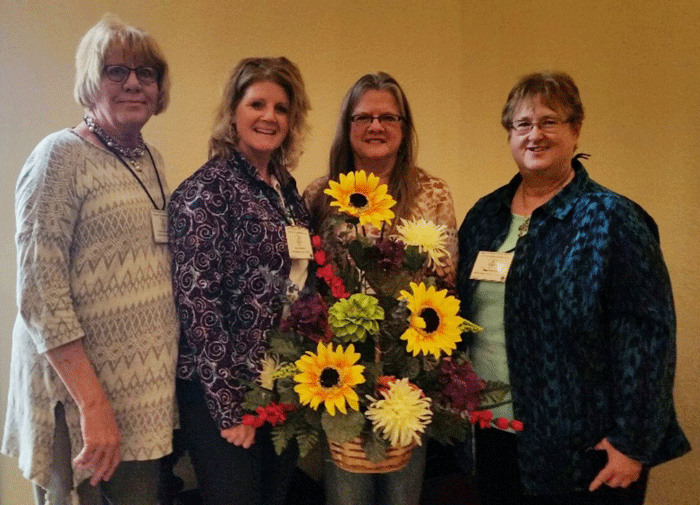Jefferson County OHCE (Oklahoma Home and Community Education) meet the 3rd Tuesdays in the Waurika Sr. Citizens Center unless otherwise noted. Our March meeting will be Tuesday and Wednesday (March 20 and 21) 9 a.m. – 4 p.m. each day; Pamela Varner, Extension Educator, FCS/4-H Youth Development, CED for Cotton County will lead us making “Crazy Quilt Jacket”. Contact Tara Brown for additional information and copy of the supply list needed for the Easy Crazy Quilt Jacket.
Co-Parenting for Resilience: Divorce or separation is not an easy or favorable decision, especially when minor children are in the home. A class for divorcing or separating parents with minor children living in the home, is available monthly or as scheduled. Our next class is scheduled for 1 p.m. Tuesday, April 10, 2018. Pre-registration is required. Call Jefferson County OSU Extension Office at 580-228-2332 for registration information. This class is mandatory by law in Oklahoma and is also valuable for Grandparents and other relatives of minor children going through a divorce or separation.
Making room for this season’s garden harvest
Now that the spring season is underway, many gardeners are looking forward to getting their fruits and vegetables in the ground and hoping for a productive growing season.
For those who had a bountiful harvest last season and canned or froze their crops, it is time to clear off the shelves and clean out the freezer and get ready to preserve this year’s harvest, said Barbara Brown, Oklahoma State University Cooperative Extension food specialist.
“There’s nothing better than opening a jar of green beans or pulling a bag of okra from the freezer in the middle of winter and being able to taste that summer freshness,” Brown said. “If you had a particularly big garden, it’s likely you’ve still got a few jars of goodness on your shelves or in your freezer. Because the quality of home-preserved foods doesn’t last forever, it’s a good idea to clear out those canned foods in the pantry or those foods in the freezer to make space for what you’re planning to grow this season.”
Although freezing will not improve the flavor or texture of any food, it can preserve most of the quality of a fresh product as long as it is frozen properly and stored at 0 degrees Fahrenheit. Most fruits and vegetables will last in the freezer eight to 12 months. Certainly, these foods should be safe to eat after a year, but the eating quality and nutrition may be lower. Putting dates on all your frozen foods can help make sure you use them while they are at their best.
Some gardeners prefer to can some of their fruits and vegetables. Properly canned food stored in a cool, dry place will retain optimum eating quality for at least a year.
“Most of us don’t have a root cellar like our ancestors did, so proper storage is a must,” Brown said. “Canned food stored in a warm place near hot pipes, a range, a furnace or indirect sunlight will have a much shorter shelf life. Also, canned items stored in a damp area can cause lids to corrode and may result in leakage, so the food will spoil. Before you get started canning this year’s harvest, go through any remaining foods from last year and check for signs of spoilage.”
Check over your home canned foods for signs of spoilage. Check the seals, make sure flats are not swollen and there is no sign of gas bubbles, mold or other unwanted growth inside the jars. Do not taste food from a jar with an unsealed lid or food that shows signs of spoilage.
You can more easily detect some types of spoilage in jars stored without screw bands. Growth of spoilage bacteria and yeast produces gas which pressurizes the food, swells lids and breaks jar seals. As each stored jar is selected for use, examine its lid for tightness and vacuum. Lids with concave centers have good seals.
Next, while holding the jar upright at eye level, rotate the jar and examine its outside surface for streaks of dried food originating at the top of the jar. Look at the contents for rising air bubbles and unnatural color.
While opening the jar, smell for unnatural odors and look for spurting liquid and cotton-like mold growth (white, blue, black or green) on the top food surface and underside of lid.
“No matter which method of preservation you prefer, make sure to use proper preservation and storage methods,” Brown said. “This will help ensure you have garden-ripe fruits and vegetables all year long.”
For information on proper canning and freezing of garden produce, visit the National Center for Home Food Preservation at http://nchfp.uga.edu/index.html












